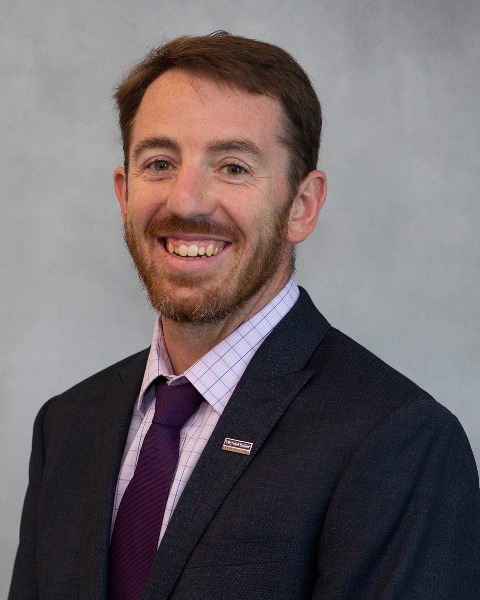Concurrent Session
Dam Removal
Inspection of Dams
General Dam Safety or Levee Policy
General Case Studies
Session: Construction Case Studies
CS7C - Small Dams, Big Problems: A Case Study on a Complete Dam Reconstruction
Monday, September 18, 2023
4:30 PM - 5:00 PM PDT
Location: Pasadena
Often times, small dam structures are overlooked due to physical size but have similar deficiencies and risks as large-scale structures. This case study will show the decision-making processes (from preliminary design through construction) utilized at two small state-owned dams to address deficiencies and navigate a restrictive project site with a limited budget. This case study provides a great example of how a small scale dam can dictate the rehabilitation efforts and how they can be drastically different than large-scale projects.
Mount Gilead State Park Upper and Lower Dams are located in Village of Mount Gilead, Ohio. The upper lake was formed in 1841 to supply power for a private sawmill. Ohio Department of Agriculture purchased the property in 1928 and re-constructed the upper lake (Class II dam) and constructed the lower lake (Class I dam). Both dams are currently owned by Ohio Department of Natural Resources (ODNR).
The significant deficiencies included: insufficient spillway capacity and excessive concrete deterioration on both spillways, unsuitable material observed within the lower dam embankment, improperly-abandoned lake drains, and excessive siltation in both lakes. The lower dam’s 100-feet long ogee spillway was centrally-located with a 525-foot long embankment and was replaced within a labyrinth spillway within the existing spillway footprint. The former lakes drains were completely removed during the excavation and a new lake drain was incorporated into the spillway. A significant excavation into the embankment was required to replace the structure and since the embankment was relatively small, it was determined that there was a good opportunity to completely re-construct the embankment to current standards. Additionally, the decision was made to raise normal pool and the embankment crest to provide additional lake depth and increase storage capacity, while offsetting the costs of dredging. These decisions may not have been practical for large-scale structures.
The project site was very restrictive and provided minimal space for construction laydown, site access, equipment (especially the crane), and water control. The design maximized the available space and was phased to allow water to flow through embankment footprint and through the partially-completed spillway while the embankment was constructed. The spillway weir walls were constructed after the spillway was loaded with embankment and the settlement diminished.
This project met ODNR’s project goals to rehabilitate the lower dam, de-classify the upper dam, and ultimately stay within the established budget. This job represented ODNR’s first major embankment construction projects within the last 30 years.
Mount Gilead State Park Upper and Lower Dams are located in Village of Mount Gilead, Ohio. The upper lake was formed in 1841 to supply power for a private sawmill. Ohio Department of Agriculture purchased the property in 1928 and re-constructed the upper lake (Class II dam) and constructed the lower lake (Class I dam). Both dams are currently owned by Ohio Department of Natural Resources (ODNR).
The significant deficiencies included: insufficient spillway capacity and excessive concrete deterioration on both spillways, unsuitable material observed within the lower dam embankment, improperly-abandoned lake drains, and excessive siltation in both lakes. The lower dam’s 100-feet long ogee spillway was centrally-located with a 525-foot long embankment and was replaced within a labyrinth spillway within the existing spillway footprint. The former lakes drains were completely removed during the excavation and a new lake drain was incorporated into the spillway. A significant excavation into the embankment was required to replace the structure and since the embankment was relatively small, it was determined that there was a good opportunity to completely re-construct the embankment to current standards. Additionally, the decision was made to raise normal pool and the embankment crest to provide additional lake depth and increase storage capacity, while offsetting the costs of dredging. These decisions may not have been practical for large-scale structures.
The project site was very restrictive and provided minimal space for construction laydown, site access, equipment (especially the crane), and water control. The design maximized the available space and was phased to allow water to flow through embankment footprint and through the partially-completed spillway while the embankment was constructed. The spillway weir walls were constructed after the spillway was loaded with embankment and the settlement diminished.
This project met ODNR’s project goals to rehabilitate the lower dam, de-classify the upper dam, and ultimately stay within the established budget. This job represented ODNR’s first major embankment construction projects within the last 30 years.

Joseph Kudritz
Project manager
Michael Baker International
Beaver, Pennsylvania

.png)